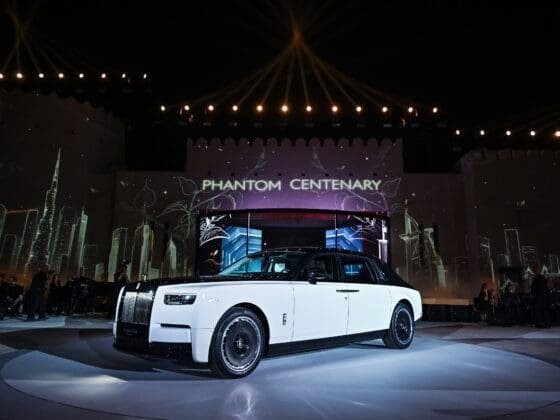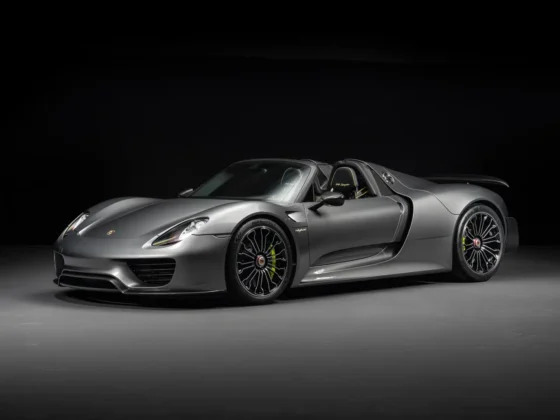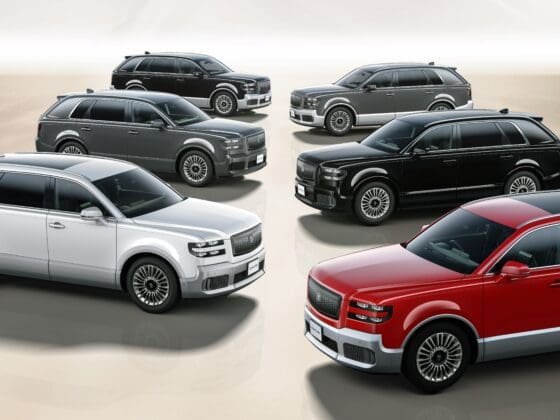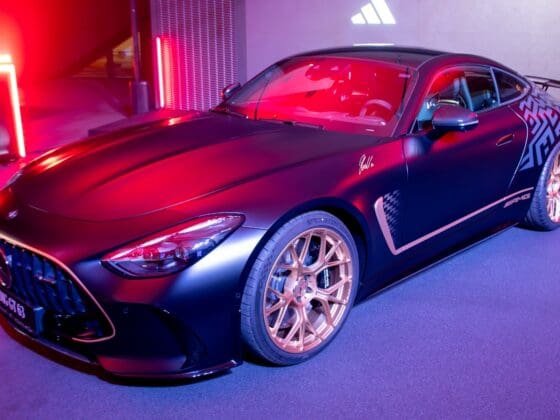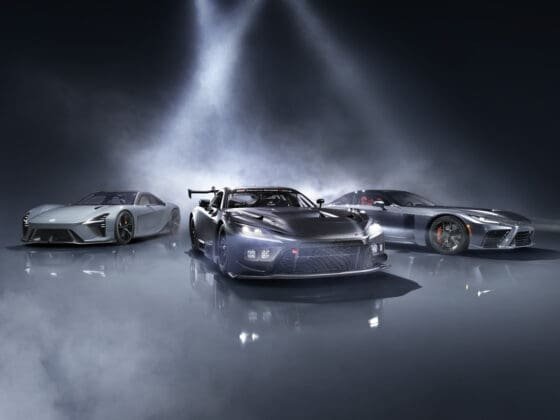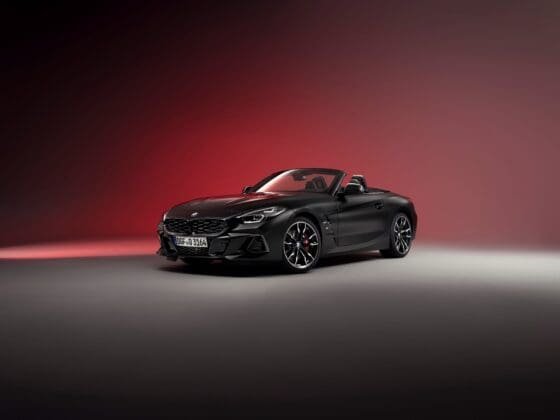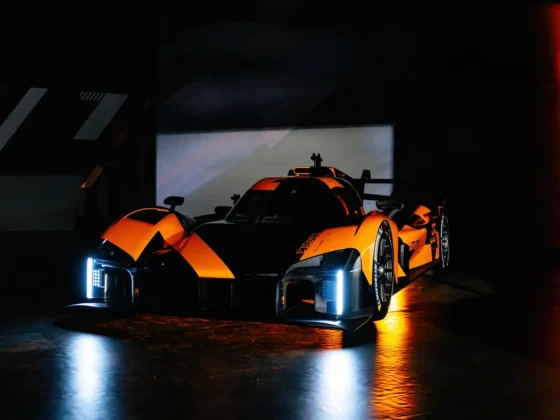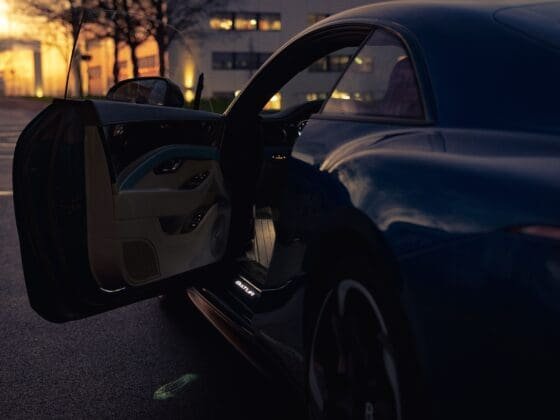When the engineers at Maranello were working on the SF90 Stradale – to commemorate the 90th anniversary Scuderia Ferrari, founded in 1929 – they made the car a little stiffer and stronger than it needed to be, thus making it slightly heavier than it needed to be. This deliberate violation of one of the holy-grails of performance engineering was because they planned to release a convertible version of the car with minimal changes to its design or structure. That convertible version was unveiled last month via an exclusive digital event.
The SF90 Spider, the first production plug-in hybrid spider to wear Prancing Horse, has the same specifications and delivers the same record-breaking performance as the Stradale. However, thanks to the latest iteration of Ferrari’s signature Retractable Hard Top (RHT) architecture – which first debuted on the mid-rear engined Berlinetta in 2011 – the Spider has the added versatility of being a convertible.

The Spider’s plug-in hybrid system is built around the award-winning 770hp turbocharged V8 engine. It is augmented by three electric motors – one at the rear and two on the front axle – to deliver a combined maximum power output to a staggering 1,000 cv (986hp). Like the SF90 Stradale, the Spider also has All-Wheel-Drive, which enables it to deliver impressive standing starts: 0-100 kmph in 2.5 seconds and 0-200 kmph in 7.0 seconds.
This state-of-the-art system, though powerful, manages to keep the driving experience uncomplicated, thanks to its sophisticated control logic which autonomously monitors and adjust power flows to suit the conditions. All the driver has to do is to select one of the power unit modes – eDrive, Hybrid, Performance or Qualify – on the brand-new eManettino system.
The mechanical layout adopted by the Maranello engineers has allowed the car’s dynamic control system – referred to as the eSSC on the Spider – to verify the car’s dynamic status in real-time. Based on that information, it controls vehicle stability by delivering torque independently via the front electric engines to the inside and outside wheels while turning (Torque Vectoring). This significantly improves traction coming out of corners and makes it much simpler and more intuitive to drive on the limit with confidence.
The Spider’s aerodynamic design also helps in building driver confidence. It produces a maximum of 390 kg of downforce at 250 kmph, thus setting a benchmark in terms of both downforce and aerodynamic efficiency for road cars without aerodynamic appendages.

The car’s tonneau area has been integrated seamlessly with the rest of the car. This is quite a feat of engineering because the V8 is still clearly visible through the engine bay cover despite the inclusion of the RHT stowage. This way, the V8 remains the star of the show and very much on display whether the RHT is deployed or retracted.
The retractable hardtop, which offers optimal noise insulation and protection from the elements when deployed, does not deform at high speeds and provides exceptional occupant space and comfort. The RHT is compact, simple and light. It can be actioned in just 14 seconds and can be deployed when the car is on the move. It takes up just 100 litres of space rather than the 150-200 litres required by comparable systems. The use of aluminium in its construction means that it is around 40 kg lighter than a conventional retractable hardtop. An adjustable electric rear window offers exceptional occupant comfort, even at high speeds and when the RHT is lowered.
Among the many innovations debuting on the Spider, the most notable are the shut-off Gurney – an active system at the rear of the car which adapts to driving conditions – and the forged wheels with wing profiles which recall Ferrari’s F1-derived blown geometry.
The track-derived “eyes on the road, hands on the steering wheel” philosophy, was the driving force behind the ergonomics and styling of the interior of the Spider. It has led to the innovative HMI concept that includes a new steering wheel with a touchpad that allows drivers to control virtually every aspect of the car without moving their hands.
The central instrument cluster is now entirely digital with a 16″ curved HD screen, which can be fully configured and controlled using the controls on the steering wheel. On the central tunnel, the automatic gearbox controls are now actioned by a grille-style feature that references Ferrari’s glorious and iconic manual gearshift gate.

As with the Stradale, the Spider is also available with a dedicated specification for owners that want to take the car to its extreme on the track. The Assetto Fiorano package includes a list of exclusive upgrades that set a Spider apart from the standard car.
These include the Multimatic shock absorbers derived from Ferrari’s GT racing experience; High-performance materials such as carbon-fibre and titanium that shave 21 kg off the car’s weight; a carbon-fibre rear spoiler and road-homologated Michelin Pilot Sport Cup 2 tyres. The latter are designed to improve track performance in the dry, thanks to a softer compound and fewer grooves. Lastly, the Assetto Fiorano offers an optional two-tone livery that further underscores the car’s racing vocation.
Like all new Ferrari models, the Spider comes with the marque’s extended seven-year maintenance programme, covering all regular maintenance for the first seven years of the car’s life. This exclusive service includes regular maintenance at intervals of either 20,000 km or once a year with no mileage restrictions, as well as original spares and meticulous checks by staff trained directly at the Ferrari Training Centre in Maranello using the latest diagnostic tools.
This service is available in all markets worldwide and from all dealerships on the official dealership network. It also extends to the wide range of after-sales services offered by Ferrari to meet the needs of clients wishing to preserve the performance and excellence that are the signatures of the cars built in Maranello.


